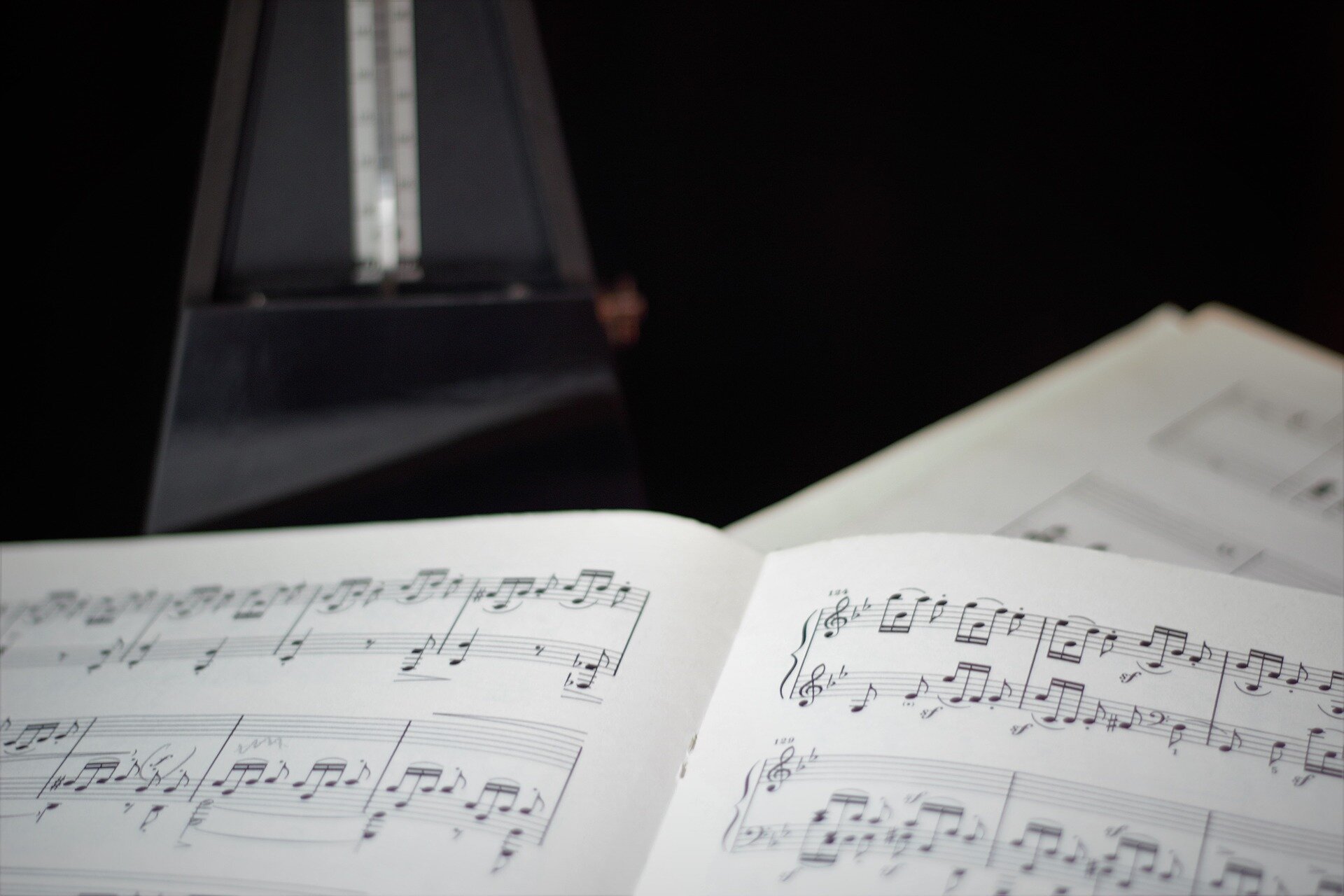Shifting Perspectives
/A few months ago, at a master class, I played a movement from Bach’s first English Suite. I was focusing on the details, as if each note mattered more than anything else in the moment, which, of course, in Bach’s exquisite complexity, is not an unfair assumption. Mark, the teacher whom I was meeting for the first time, said to me that the notes didn’t matter, it was the figures that mattered. He explained that figures are the next level, groups of two or three or four or five notes. If you listen for the figures, you’ll hear them here, then there, then you realize that they - the figures – form the warp and weft of the music. Think of Beethoven’s fifth - da da da duhhhh. You hear that little figure over and over again. It doesn’t matter whether the da or the duh is a high note or a low note, a loud note or a soft note, a slow note or a fast note, an e-flat or a b-natural; it’s the pattern. My mantra became, “The notes don’t matter, hold onto the figures.”
Listening for figures produced an instant shift in the way that I understood the music. I heard figures in my playing, I saw figures on the page. I needed only to “play” the first note of the figure, and the rest of the notes would seemingly happen by themselves, the fingers gently falling onto the keys rather than my willful actions playing them. The figure - previously invisible in the array of individual notes and longer phrases - came to life.
Now, after a few months of working with figures rather than notes, I have come to see that Mark’s instructions were true, but only part of a more elusive truth. Figures matter - and so do notes. Blinded by a sea of notes, I hadn’t been seeing the figures, and in order to see the figures I had to forget the notes. Now I alternate between awareness of the notes and awareness of the figures - I see and hear figures, then notes, then figures, and in the resulting blur of alternation, the music emerges. The music itself is both notes and figures, and also it is neither of them. Then, add to that longer phrases, breaths, gestures, silences, ornaments, licks, riffs and everything else that goes into making music.
Medical practice is the same way. We walk through familiar terrain each day engaging in the same kind of seeing and listening as the previous day, and there seems to be nothing to challenge the way we see and listen - it seems so true, so complete. At least until something happens, something rattlingly - strong enough to get our attention. So many times, as an attending in the hospital, I’ve seen colleagues and trainees ignore family members in the room, not respond to patients’ expressions of emotional distress, and fixate on the details without seeing the big picture or holding onto one diagnosis prematurely, closing off awareness of other possibilities. In this pandemic, attention to "Is-this-covid19-or-not?" can direct our attention away from the other problems that our patients have, often those that existed before and will persist beyond the pandemic. The need to restrict visitors in order to protect patients, staff and the community can direct our attention away from families’ and patients’ desperation to see and hug one another. The urgency of caring for the terrified and the critically ill can distract from the need to care for ourselves.
While it’s relatively easy for me to see what others ignore, it’s so much harder to notice what I habitually ignore. Sometimes it takes a bold medical student to ask “Why are you doing that?” or a frustrated family member (of a patient or of mine) to tell me that I’m not paying attention to the right things or a teacher asking just the right question at the right time. In responding to these splashes of cold water on the face, it is so easy to even more tenaciously hold onto one perspective on the world - whether it involves turning away and denial, or doing an about-face and seeing only the new version of reality. Taking a beginner’s mind, you can hold two contrasting perspectives without necessarily having to resolve them. You can notice notes and figures, patients and families, covid and non-covid, public health and human connection, the details and the big picture, caring for ourselves while caring for others.
It can be useful, in this chaotic and stressed life, to pause and ask questions that promote reflection, and thereby expand the ability to recognize and hold the multiple perspectives, the contradictions, and the paradoxes. Reflective questions often don’t have answers, and because of that, in the asking they can be a guide. Perhaps, as an experiment, for a week, try asking yourself one or more of these reflective questions each day in your work as a clinician, teacher, administrator, researcher, or leader (and if you’re a teacher, consider asking your students and trainees): If there is something that I am not seeing, what might that be? What has been said to me that I might not have heard or understood? Can I see this situation in more than one way? How can I direct my energy and time toward that which matters the most? What would a trusted peer say? What can I learn from the things and people who annoy me the most? How can I care more passionately about things that matter the most and let go of things that don’t?
As with all experiments, the outcome cannot be known until you try!
